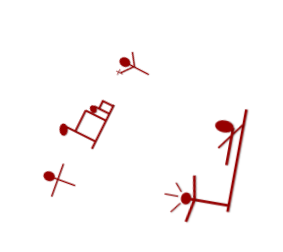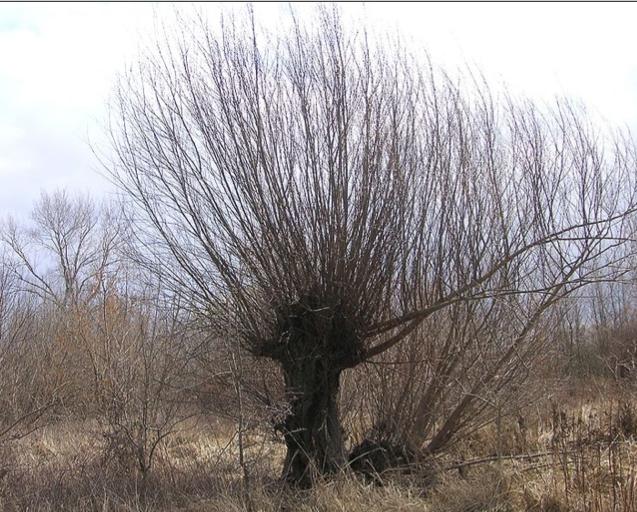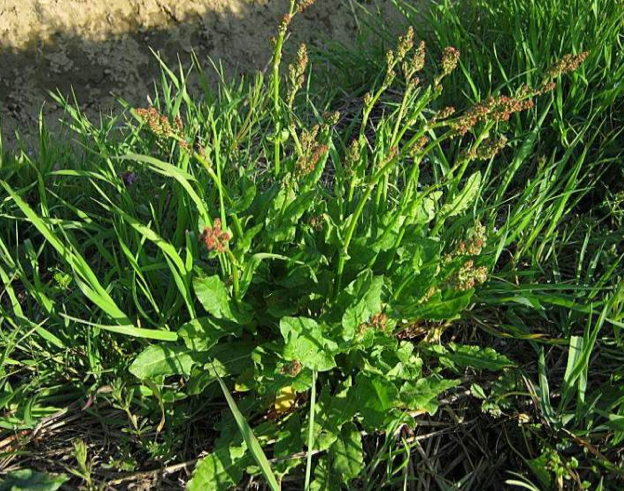Part III. Italy
Chapter 56. Flight to Siena [May 21, 1348]
Cultural Explanations
 |
Part III. Italy Chapter 56. Flight to Siena [May 21, 1348] Cultural Explanations |
|
 |
In this chapter Bávlos and Giovanni journey to Siena to save Buonamico. |
Bávlos, Nieiddash, Admirabilis, Giovanni, Christ raising Lazarus |
In this chapter, Bávlos combines his knowledge of Sámi healing with the Christian healing he has learned from his time in Italy. He uses herbs traditionally used by Sámi for healing and nutrition (ones that happen to grow in Italy as well, and that are familiar to Giovanni as healing plants too). He disguises his voice and avoids using his name so that the spirit of the disease will be confused. He combines plant materials with reindeer milk and olive oil. He wraps Buonamico up in bandages as he had seen in church fresco depictions of Lazarus and St. Francis's curing of the man with the throat wound. And he uses words that he has heard as Christ's during healing rituals: the words that Christ used when curing a little girl (talitha koum, which he remembers as Dát láhttu golbma) and (Lazarus Come Out).
As Bávlos travels toward Siena, he sees the constellation of Favtna in the night sky. Sámi knew the star known as Arcturus as Favtna, a demon figure who wielded a bow which he used to aim arrows at the Great Elk. He was a rival of the Sámi progenitor hero Gállá and the Sons of Gállá. According to Sámi mythology, one of his arrows would eventually strike Polaris, the North Star, causing the collapse of the sky and the end of the world. He was thus a threatening figure. In the area of Finland where Bávlos is from, the sun sets around 9:30 pm in May, so Favtna can be seen. But during June and July, the sun does not set, meaning that the stars are invisible to viewers on earth. In August, the sunset occurs at around 10:30 pm, after which the days grow rapidly shorter: already in September the sun sets at 8:00 pm. All of this goes to show that Bávlos is unprepared for the fact that Favtna ascends to the very center of the sky in May-July. Given that the Sons of Gállá are hidden below the horizon at this time of year, this situation seems deeply forboding to Bávlos.
|
|||||||||
|
|||||||||
|
|
|||||||||
|
|||||||||
|
The upper star maps are from this site. The Finnish star maps are from this site.
In healing Buonamico, Bávlos combines traditional Sámi healing with Christian ideas he has learned in Italy. He asks Giovanni to gather for him two plants which were common in Sámi healing: siethga and juopmu. Siethga, Italian salice, is any of the numerous species of the willow genus Salix, widespread throughout Europe. Its bark contains high concentrations of salicylic acid and was traditionally used in healing, particularly for reducing fevers and treating skin eruptions.
 |
 |
| North Finnish willow as Bávlos would know it. | Italian sorrel as Giovanni would recognize it. Photo by Franco Giordana |
Juopmu, Italian acetosa, is known in English as sorrel (Rumex acetosa). As you may remember from the earliest chapters of this novel, Sámi traditionally gathered juopmu to add to reindeer milk, where its high concentration of ascorbic acid (Vitamin C) boosted the flavor, nutrition and preservation of the milk. It was also used in healing.
Bávlos takes time to reflect on the respite offered by Jápme-aimuo. This was the Sámi term for the land of the dead. Ruled by a goddess Jápme (“Death”), it was a regarded as a pleasant and peaceful place, more like the Christian notion of heaven than hell. It contrasted with a deeper, darker underworld, Rutaimuo, which was a place of fear for people who had died of infectious disease. Bávlos races to save Buonamico, not so much because he wants him to live (for we all die eventually), but because he hopes that Buonamico will not be taken by Ruto to the dreaded Rutaimuo. Luckily for Buonamico, and for the history of art, Bávlos knows how to heal!